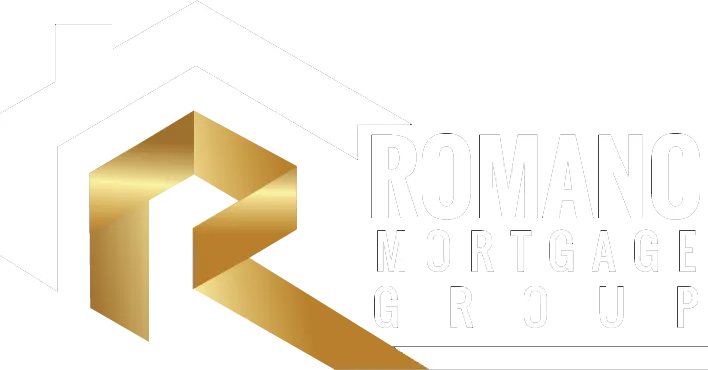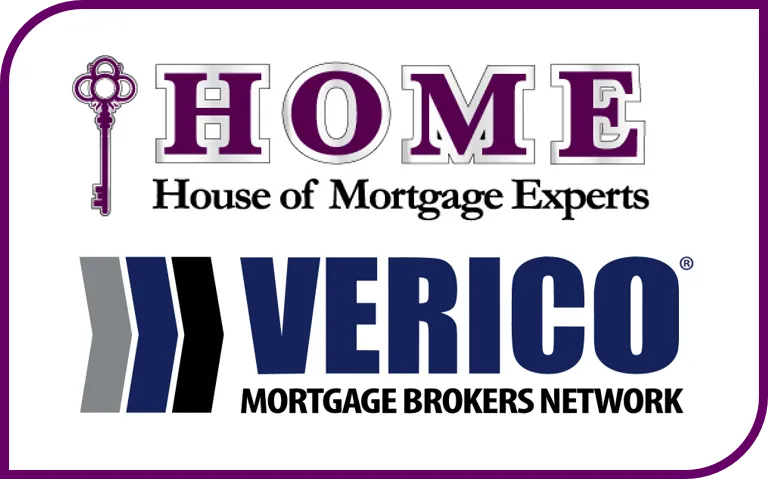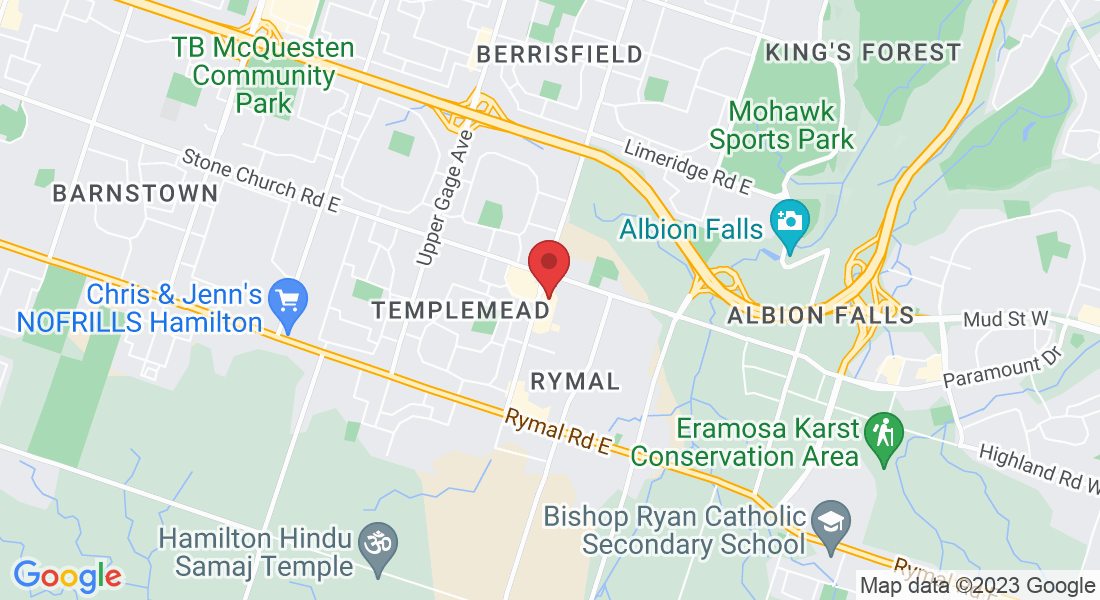
Are you a first-time buyer? The property you are about to purchase is probably the largest single purchase, and biggest investment decision, you will ever make. Let me help you through the confusing maze of lender options, mortgage documentation, and terminology you are dealing with as you go through this process.
We will provide a mortgage pre-approval, which strengthens your position when negotiating the purchase price of your home. Call or apply online now , and we will get the ball rolling for you.
With electronic access to over 50 lenders we will ensure that you receive the best rate for the product of your choice.
What is Credit Reporting?
Many people don’t realize how important it is to maintain a good credit rating. Nor do they understand what is involved in achieving this.
The first step is to review your own individual credit report, which is a detailed history of how consistently you meet your financial obligations.
In Canada there are two major credit bureaus – Equifax and Trans Union Each of these companies can provide you with a copy of your individual credit report, for a nominal fee. It is more useful to order a credit report with your credit score (beacon score).
Once you have a copy of your credit report you should check for the following:
wrong mailing addresses, incorrect social insurance number, signs of identity theft, errors in your credit accounts, late payments,unauthorized hard enquiries. Hard inquiries, done when you apply for new credit, can affect your credit score while soft inquiries by your existing creditors when requesting an update of your information do not affect your score.
What is a Beacon Score?Your credit score – or beacon score – translates information from your credit report and other sources into a number between 300 and 900, representing a prediction of your overall credit-worthiness. The higher your score the more likely you are to be approved for a mortgage and receive favourable rates.
How long do items appear on my credit report?Inquiries remain on your report for three years after the date of inquiry. Your credit information remains for six years from the activity date.
Consumer proposals will remain on your report for three years while the first bankruptcy reports stay for seven years. Should you be unfortunate enough to declare bankruptcy twice or more, the second and subsequent times will remain on your report for 14 years each.
You can see how credit abuse can impede your ability to obtain credit in the future.
What about credit repair?
Never pay for credit repair services. Only responsible credit practices over time can improve a poor credit history.
Pay your debts on time – always meet due dates. Ensure timely payments with pre-authorized withdrawalsDon’t max out your credit cards – use only up to 50% of a card’s credit limit.Borrow only the amount you can afford to repay.Re-establish credit as soon as possible after being discharged from bankruptcy, through responsible use of a credit card or line of credit.
Identity fraud/theft is on the rise in Canada - protect yourself! Review your credit report regularly
Equfax Canada
Transunion Canada
Refinancing your mortgage means borrowing based on the net worth of your home—the difference between its current market value and the remaining balance on your mortgage. By refinancing your home, you can borrow up to 80% of its estimated value and enjoy a new source of credit to finance your projects.
Perfect if you are looking to:
*Renovate your home
*Buy a second home, car or other big-ticket item
*Finance your child's education
Welcome to Manulife One - the all-in-one mortgage that will revolutionize your financial journey!
Are you tired of juggling multiple loans and struggling to keep track of your finances? Look no further, because Manulife One is here to simplify your life! Imagine having all your debts consolidated into one simple account - sounds amazing, right?
So how does Manulife One work? It's simple! With this innovative mortgage solution, you can combine your mortgage, line of credit, savings, and chequing account into a single powerful package. No more hassle of managing different accounts with varying interest rates and payment schedules. With Manulife One, you have complete control over your financial destiny!
But that's not all - the benefits are simply mind-blowing! By consolidating your debts into one account, you'll have the flexibility to manage your finances like never before. Say goodbye to high-interest credit card debt and hello to lower interest rates on a single manageable loan.
With Manulife One, you can also take advantage of the equity in your home. As you pay down your mortgage principal faster, more funds become available for you to access whenever you need them. Whether it's for home renovations, education expenses or unexpected emergencies - the power is in YOUR hands.
And let's not forget about our flexible payment options. You can choose from weekly, bi-weekly or monthly payments that fit seamlessly into your budget. Plus, with our competitive variable interest rate option, you'll enjoy potential savings over the life of your mortgage.
But don't just take our word for it - thousands of satisfied customers have already experienced the life-changing benefits of Manulife One. They've taken control of their finances and achieved their goals faster than they ever thought possible.
So why wait? Take charge of your financial future today with Manulife One! Our dedicated team of experts is ready to guide you every step of the way. Say goodbye to financial stress and hello to a brighter, more prosperous tomorrow. Your dream home and financial freedom are just a click away!
Sign up now and join the Manulife One revolution - you won't regret it!
Why Get a Home Equity Line of Credit?
You worked hard for your home. Now make it work for you! With a Home Equity Line of Credit.
Use the equity in your home as security, and have access to money for whatever you want, whenever you want.
There really is no better way to redo your kitchen, fund your dream vacation, top up your RRSPs, or consolidate your debts.
Features include:
Use the equity in your home as security to receive a preferred interest rate.
Repayment is flexible. Choose to make only the required minimum monthly interest payment on the outstanding balance or pay more—up to the entire balance.
Accessing your funds is easy. Use your Debit card, write a cheque, or an ATM machine.
It's yours as long as you need it. You only have to apply once, and when you pay off your line of credit it automatically renews itself so that money's available when you need it.
Whether you want to:
>lower your monthly payments
>consolidate debt
>make home renovations
>pull cash out of your home
>increase your flexibility with a credit line
>break your mortgage
>I can offer you expert advice on the mortgage strategy that suits your needs
What happens legally when you switch?
Most people are unaware of the legal effect of switching lenders. When you renew a mortgage you are essentially starting the process again — discharging the existing mortgage, taking out a new one, and beginning the whole payment process, albeit at a lower principal
amount. As such, you should treat this as just as important a process as the first time you arranged the mortgage. Remember your situation will most likely have changed since then, and you will require a different product with different terms attached to suit your situation.
In most Provinces a switch of the current or lower balance requires only a simple assignment of interest in the mortgage to be executed by all parties and registered on title. This assignment also attaches the specific terms that will have legal effect, and replaces those of the transferring institution. So even though the old mortgage is still registered on title, all those old terms and conditions registered by your previous lender will be completely replaced by those of your new lender under the assignment of interest.
Moreover, the form that you are holding in your hand from the lender who did your previous mortgage financing, has a rate that probably is not as competitive as it could be. Don't let the hassle from the first time you negotiated dictate you just signing the form and sending it back to the lender — it will most probably cost you in the form of higher rates.
The lenders count on 70% of renewers just signing the form and mailing it in — they are not forcing you — but they are preying on human nature to embrace convenience. However, let us do the work for you — the same convenience, at a much lower cost to you and a product and terms that will suit your current situation. The fact is that it is likely another lender will give you what you want at a rate you want — there are no legal implications to you switching.
What is a tax-deductible mortgage?
It is a financial strategy, developed in 1984, designed to shorten the amortization of your mortgage. Simultaneously, you build a free and clear open pension, to be used tax-effectively when you need it. A readvanceable mortgage converts the non-deductible interest of a residential mortgage to a tax deductible loan.
>Make Mortgage Payment Tax Deductible
>Pay Off Your Mortgage Sooner
>Build Your Family's Open Pension
This revolutionary financial strategy was developed by Fraser Smith, a Canadian financial pioneer. It is a new, simple, and powerful strategy that extends the tax advantages of the wealthy to Canadians of average means in an affordable, elegant, and effective way. As an advanced financial strategy, The Smith Manoeuvre is most effectively executed with Phil's guidance to help you achieve your dreams and goals.
To find out more about the Smith Manoeuvre, click here.
What is a Reverse Mortgage?
A reverse mortgage is a loan that allows you to get money from your home equity without having to sell your home. You may be able to borrow up to a certain percentage of the current value of your home. The maximum amount you will be able to borrow will depend on your age, your home’s appraised value, the lender and the type of property you have. You don’t need to make any payments on a reverse mortgage until the loan is due. This is usually when you move out of your home, sell it or the last borrower dies. You will owe more interest on a reverse mortgage the longer you go without making payments. This may result in you having less equity in your home.
How do you start the process of getting a reverse mortgage, a good place to start to learn about a reverse mortgage is to download our free Reverse Mortgage Guide for Canadian Retirees.
Eligibility for a reverse mortgage
To be eligible for a reverse mortgage, you must be:
*a homeowner or looking to buy a home
*at least 55 years old
*If you have a spouse and you are both on the title for your house, both of you must be listed on the reverse mortgage application. Both of you must be at least 55 years old to be eligible for a reverse mortgage.
*The home you’re using to secure a reverse mortgage must also be your primary residence. This usually means you live in the home for at least six months a year.
*If you have a mortgage on your house you must pay it off when you get a reverse mortgage. You can use the money you get from a reverse mortgage to pay any mortgage, debt or lien against your house.

